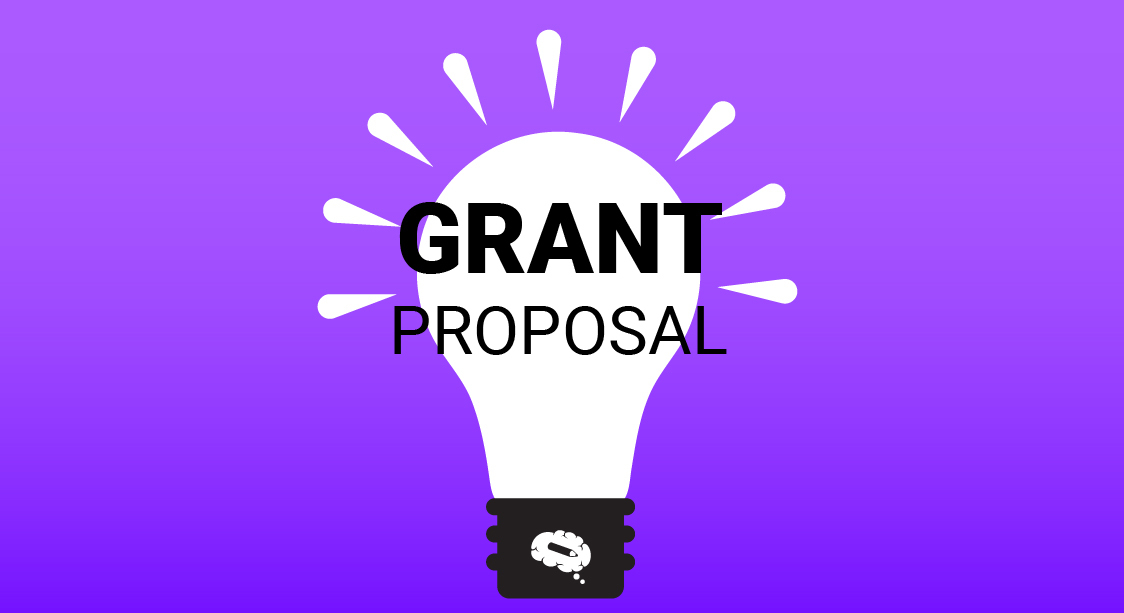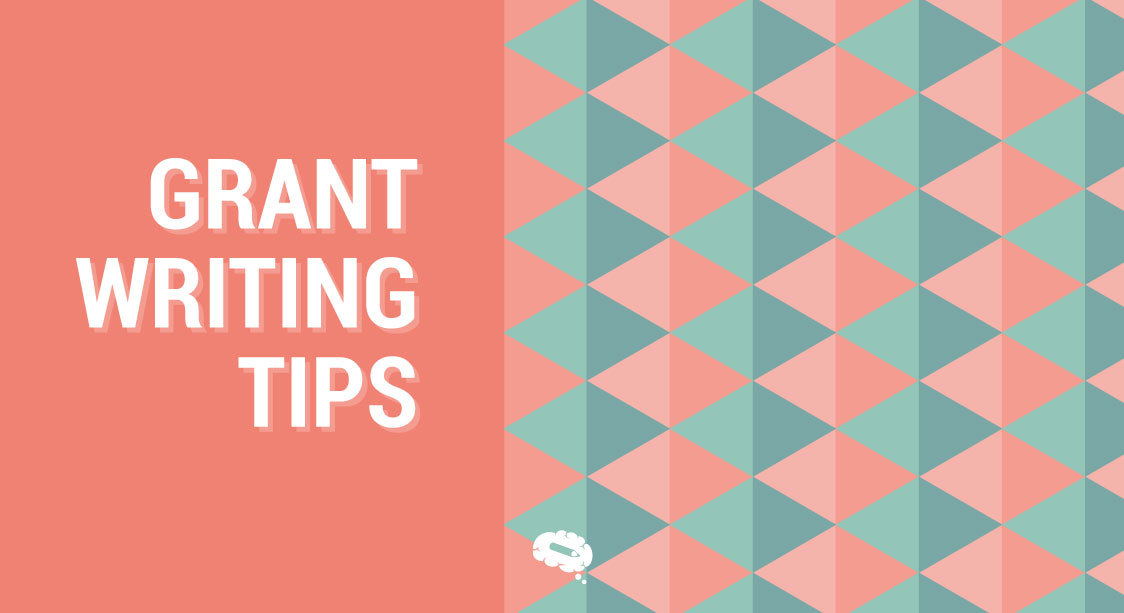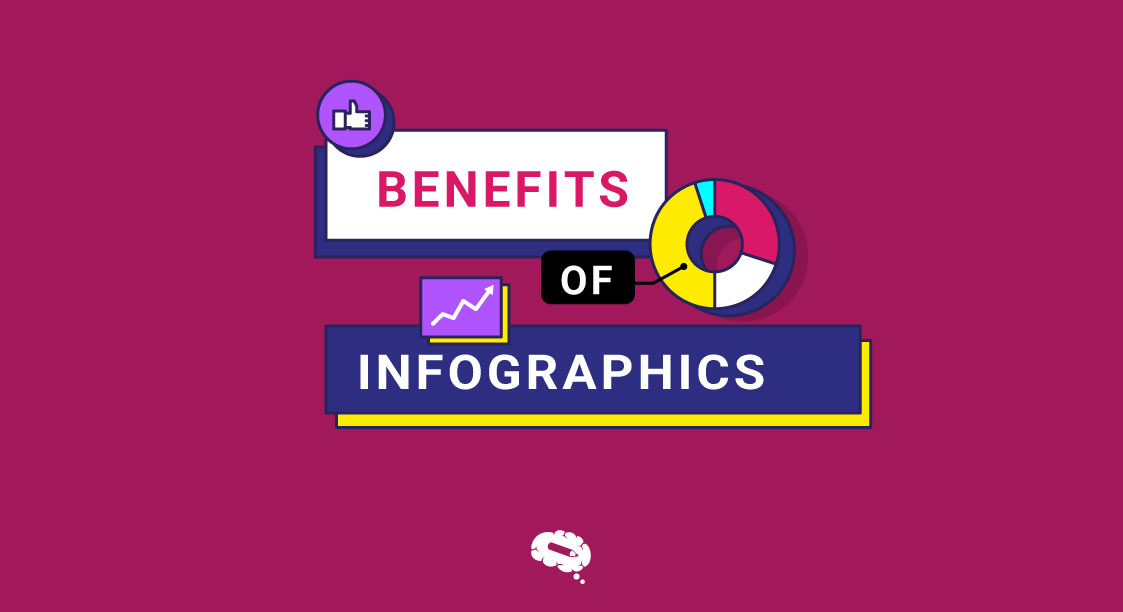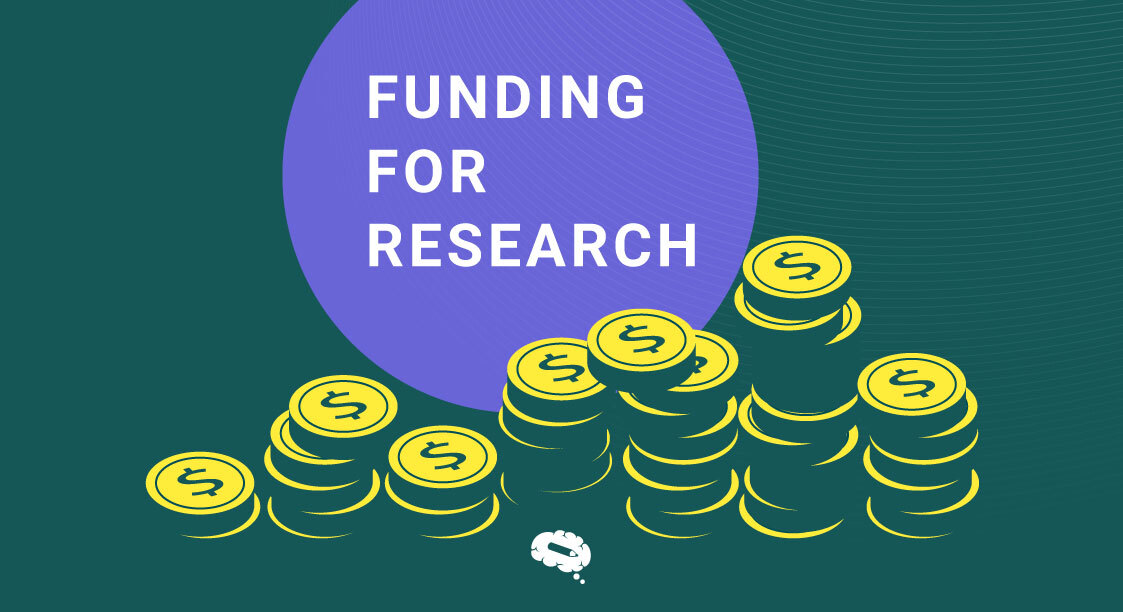Grant proposals are instrumental tools for organizations and individuals seeking financial support to implement projects, conduct research, or advance initiatives that address societal needs and promote positive change. These proposals are persuasive documents, outlining the objectives, methodologies, and anticipated outcomes of proposed endeavors, while also demonstrating the credibility, capacity, and commitment of the applicant. The ability to craft a compelling grant proposal is essential for securing the resources needed to turn ideas into action and make a meaningful impact in the community. This article explores the fundamentals of grant proposal writing, offering insights, tips, and strategies to help individuals and organizations effectively navigate the process and increase their chances of success in securing project funding.
What Is Grant Writing?
Grant writing is the process of preparing and submitting proposals to request funding from grant-making organizations such as government agencies, foundations, corporations, or nonprofit organizations. The goal of grant writing is to convince the grant-maker that the project or organization deserves financial support and aligns with their funding priorities.
Developing grant writing involves researching potential funders, understanding their guidelines and requirements, and crafting a compelling proposal that clearly articulates the need for funding, the proposed activities, and the anticipated outcomes. Grant writing requires strong communication skills, attention to detail, and a thorough understanding of the project or organization seeking funding. Successful grant writing can result in securing the resources needed to implement projects, conduct research, or support various initiatives aimed at addressing societal needs and advancing organizational goals.
Related article: Proven Grant Writing Tips: Boost Your Funding Success
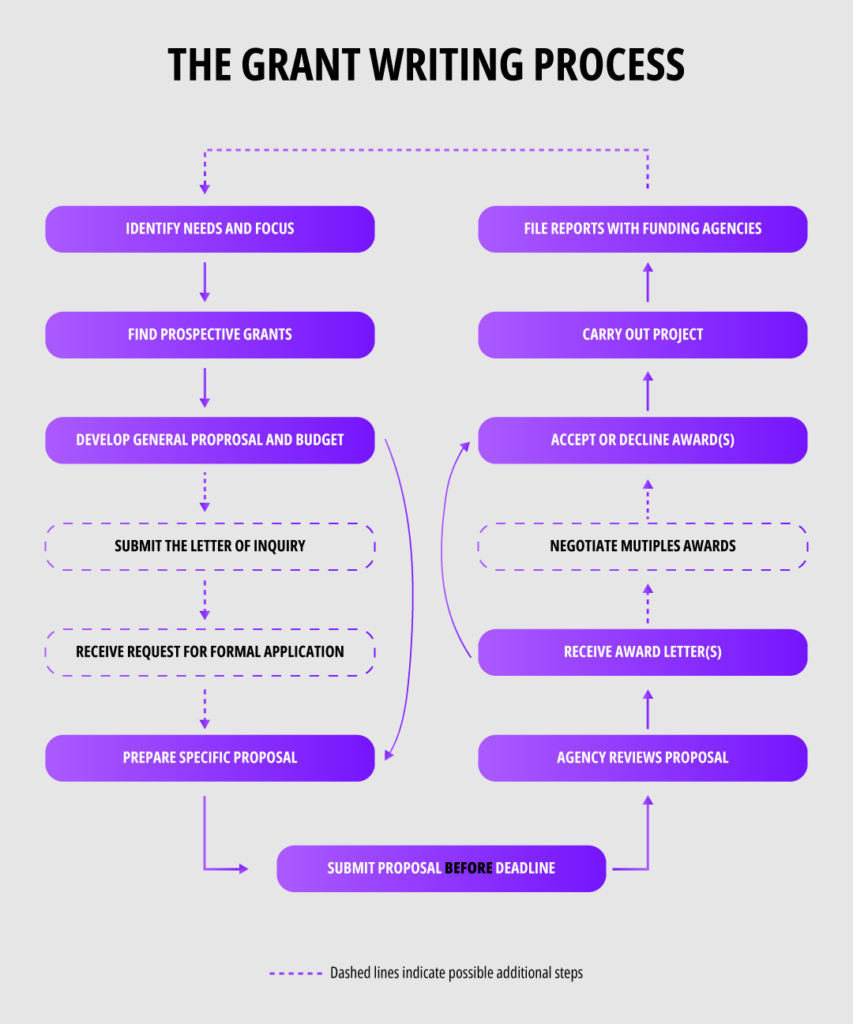
Understanding Grant Proposal
A grant proposal is a written document submitted to a funding organization or agency requesting financial support for a specific project, program, or initiative. The purpose of a grant proposal is to persuade the grantmaker that the proposed project aligns with their funding priorities, addresses a significant need or problem, and has the potential to achieve meaningful outcomes or impact.
Typically, a grant proposal includes detailed information about the proposed project, such as its objectives, activities, timeline, budget, evaluation plan, and sustainability strategy. The proposal may also provide background information about the organization submitting the proposal, including its mission, goals, and previous accomplishments relevant to the proposed project.
Grant proposals vary in length and format depending on the requirements of the funding organization. However, they generally follow a structured outline and adhere to specific guidelines provided by the grantmaker. Writing a successful grant proposal requires careful research, strategic planning, persuasive writing, and attention to detail to effectively communicate the project’s merits and secure funding for its implementation.
Types Of Grants
Grants come in various types, each designed to serve different purposes and address specific needs within the funding landscape. Understanding the different types of grants available can help organizations identify funding opportunities that align with their goals, priorities, and funding needs. Some common types of grants include:
Project-Based Grants
Project-based grants are a type of funding designed to support specific initiatives or programs undertaken by organizations or individuals. These grants provide financial assistance for activities directly related to the project, such as research, implementation, and evaluation. Unlike operating grants, which cover ongoing expenses, project-based grants are earmarked for a particular purpose and typically have a defined timeline and budget.
Organizations seeking project-based grants are required to submit detailed proposals outlining the objectives, methodology, anticipated outcomes, and budget for their proposed project. Successful applicants receive funding to execute their projects, enabling them to address specific needs, achieve desired outcomes, and make a tangible impact in their communities or fields of interest.
Operating Grants
Operating grants are a critical source of funding for organizations, supporting their day-to-day operational expenses and sustaining their ongoing activities and programs. Unlike project-based grants, which are earmarked for specific initiatives, operating grants offer flexibility in how funds are allocated, allowing organizations to cover essential costs such as salaries, utilities, rent, and administrative expenses.
These grants are particularly valuable for nonprofits and other organizations that rely on regular funding to maintain their operations and deliver services to their constituents. Operating grants help ensure the stability and sustainability of organizations, enabling them to focus on their core mission and fulfill their commitments to the communities they serve.
Research Grants
Research grants provide financial assistance for conducting studies, experiments, investigations, or data collection aimed at advancing knowledge, solving problems, or addressing specific research questions. Research grants may cover expenses such as personnel salaries, equipment, materials, travel, and publication costs. They play a vital role in driving innovation, discovery, and academic excellence by enabling researchers to explore new ideas, generate evidence-based insights, and contribute to the body of knowledge in their respective fields. Successful recipients of research grants can pursue rigorous and impactful research projects that have the potential to make significant contributions to society, the economy, and the advancement of human knowledge.
Capital Grants
Capital grants provide funding for the acquisition, construction, renovation, or expansion of physical assets such as buildings, facilities, equipment, or land. These grants support infrastructure development and capital improvement projects across various sectors including healthcare, education, transportation, and community development. By financing the creation or enhancement of essential facilities and resources, capital grants enable organizations to improve their capacity, efficiency, and service delivery capabilities. Whether funding the construction of a new school, the renovation of a community center, or the purchase of medical equipment for a hospital, capital grants empower organizations to invest in long-term assets that facilitate their mission and benefit the communities they serve.
Government Grants
Government grants are financial awards provided by governmental agencies at the federal, state, or local levels to support a wide range of initiatives and programs aimed at addressing societal needs and promoting public welfare. These grants cover diverse areas such as education, healthcare, housing, infrastructure, social services, and economic development. Government grants support nonprofit organizations, stimulating innovation, and addressing pressing challenges within communities. They are distributed through competitive application processes, formula allocations, or direct appropriations, and recipients are typically required to adhere to specific guidelines, reporting requirements, and compliance standards.
Steps To Write A Grant Proposal
Writing a grant proposal involves several key steps to ensure that the proposal effectively communicates the project’s objectives, needs, and potential impact. Here’s a simplified outline of the typical steps involved:
Research Funding Opportunities
Researching funding opportunities is essential to identify potential funders that align with the project. This involves reviewing their guidelines and priorities, understanding the application process, assessing the fit between the project and the funder’s mission, researching past grants to gain insight, reaching out for clarification if needed, and creating a list of prioritized funders. This step helps to identify the most suitable funders for the project and tailor the proposal to meet their requirements and priorities, increasing the chances of securing funding.
Understand the Requirements
Understanding the requirements of a grant proposal is fundamental to crafting a successful application. This step carefully reviews the guidelines provided by the funding organization, including eligibility criteria, proposal format, submission deadlines, and any specific instructions or preferences. Ensuring that the proposal addresses all necessary components and aligns with the funder’s priorities is achieved by gaining a clear understanding of what the funder is looking for. Additionally, understanding the requirements helps to avoid common pitfalls such as submitting incomplete or off-target proposals, ultimately increasing the chances of securing funding for the project.
Develop A Project Plan
Developing a project plan is an important step in writing a grant proposal as it lays the foundation for the entire proposal. This involves outlining the goals, objectives, activities, timeline, and budget for the proposed project. Start by clearly defining the problem or need the project aims to address and then articulate how the proposed activities will contribute to solving it.
Establish measurable objectives that demonstrate the intended outcomes and impact of the project. Additionally, create a realistic timeline that outlines the sequence of activities and milestones to be achieved. Finally, develop a detailed budget that accurately reflects the costs associated with implementing the project, ensuring that all expenses are justified and aligned with the funder’s priorities. A well-developed project plan not only demonstrates the organization’s readiness and capacity to undertake the project but also provides a roadmap for successful implementation if the grant is awarded.
Craft a Compelling Narrative
Crafting a compelling narrative effectively communicates the significance of the project and why it deserves funding. Start by clearly articulating the need or problem the project aims to address, and providing evidence or data to support claims. Then, outline the project’s objectives, methodology, and anticipated outcomes clearly and concisely. Use persuasive language to convey the potential impact of the project and why it is uniquely positioned to make a difference. Additionally, share compelling stories, testimonials, or examples that illustrate the human impact of the work. A well-crafted narrative not only captures the attention of the grant reviewer but also conveys the passion, expertise, and commitment to the project, increasing the likelihood of securing funding.
Outline The Budget
Outlining the budget is a crucial step in writing a grant proposal as it provides a detailed plan for how funds will be utilized if the grant is awarded. Begin by identifying all the expenses associated with the project, including personnel, supplies, equipment, travel, and any other relevant costs. Be sure to allocate funds appropriately to each budget category, ensuring that all expenses are accounted for and justified. Consider any in-kind contributions or matching funds that may be required by the funder, and clearly outline how these will be leveraged to support the project. Additionally, provide a narrative justification for each budget line item, explaining why it is necessary for the successful implementation of the project. A well-thought-out budget not only demonstrates the organization’s financial planning and management skills but also enhances the credibility and feasibility of the proposal.
Provide Supporting Documents
Providing supporting documents adds credibility and context to the proposal. These documents may include letters of support from key stakeholders or community leaders, resumes or bios of key personnel involved in the project, organizational financial statements or budgets, project timelines or work plans, and any additional documentation requested by the funder.
Each supporting document should serve to strengthen the proposal by providing evidence of the organization’s capacity, experience, and readiness to undertake the proposed project. Be sure to carefully review the funder’s guidelines to determine which supporting documents are required and ensure that they are included in the proposal package. Enhancing the overall quality and persuasiveness of the grant proposal is achieved by providing comprehensive and relevant supporting documents, thereby increasing the chances of securing funding for the project.
Review and Revise
Reviewing and revising the grant proposal ensures clarity, coherence, and completeness. Start by carefully reviewing the proposal for grammatical errors, typos, and inconsistencies in formatting. Next, assess the overall structure and flow of the proposal to ensure that it effectively communicates the project’s objectives, methodology, and anticipated outcomes.
Consider whether the language used is persuasive and compelling and whether all required components are included and adequately addressed. Additionally, seek feedback from colleagues, mentors, or other stakeholders to gain fresh perspectives and identify areas for improvement. Take the time to incorporate any constructive feedback and make revisions as needed to strengthen the proposal.
Submit The Proposal
Submitting the proposal is the culmination of the grant writing process and is a critical step in securing funding for the project. Before submission, carefully review the grant funder’s guidelines to ensure that the proposal meets all requirements and adheres to the specified format and deadline. Double-check that all necessary supporting documents are included and that the proposal is complete and error-free.
Once confident in the quality and completeness of the proposal, submit it according to the funder’s instructions, whether through an online portal, email, or mail. Keep records of the submission, including confirmation emails or tracking numbers, for future reference. After submitting the proposal, be prepared to follow up with the grant funder if necessary and respond promptly to any requests for additional information or clarification.
Parts Of A Grant Proposal
The Parts of a Grant Proposal refer to the various sections or components that make up a comprehensive grant proposal. These parts are essential elements that collectively communicate the purpose, objectives, methodology, budget, and other key aspects of a proposed project or initiative to potential funders. Each part serves a specific function in conveying the details and merits of the project, addressing the needs or problems it aims to solve, and demonstrating the organization’s capacity to successfully implement and evaluate the project if funded.
The parts of a grant proposal typically include components such as the introduction/executive summary, organizational background, problem statement/needs assessment, program goals and objectives, methods and activities, evaluation plan, budget, and sustainability plan. By including these key parts, a grant proposal provides a comprehensive overview of the proposed project and its potential impact, helping funders make informed decisions about allocating resources.
Introduction/Abstract/Executive Summary
The Introduction, Abstract, or Executive Summary is a concise overview of the entire grant proposal, providing key details in a condensed format. It typically includes the project title, a brief statement of the problem or need, the objectives of the proposed project, a summary of the methodology or approach, anticipated outcomes, and a budget summary. This section aims to capture the attention of the reader and provide a clear understanding of the project’s significance and potential impact.
Organizational Background
The Organizational Background section provides information about the applicant organization, including its mission, history, goals, and previous accomplishments. It highlights the organization’s expertise, capacity, and credibility in addressing the identified need or problem. This section may also include details about the organization’s staff, board of directors, partnerships, and relevant experience or qualifications.
Problem Statement/Needs Assessment
The Problem Statement or Needs Assessment articulates the specific problem or needs that the proposed project aims to address. It provides context and evidence to support the existence and significance of the problem, drawing on data, statistics, research findings, or anecdotal evidence. This section highlights why the problem is important, who is affected by it, and what the consequences are of not addressing it.
Program Goals and Objectives
The Program Goals and Objectives section outlines the overarching goals and specific objectives of the proposed project. Goals are broad, aspirational statements that describe the desired outcomes of the project, while objectives are specific, measurable targets that define the steps needed to achieve those goals. This section provides clarity and focus on what the project aims to accomplish and how success will be measured.
Methods and Activities
The Methods and Activities section details the approach or methodology proposed to achieve the project objectives. It describes the specific activities, strategies, interventions, or services that will be implemented as part of the project. This section explains how the project will be carried out, who will be involved, and what resources will be needed to support the activities.
Evaluation Plan
The Evaluation Plan outlines how the project will be monitored, evaluated, and assessed for its effectiveness and impact. It identifies specific metrics, indicators, or benchmarks that will be used to measure progress and success. The evaluation plan also describes the data collection methods, timeline, and responsible parties for conducting the evaluation. This section demonstrates the applicant’s commitment to accountability, learning, and continuous improvement.
Budget/Sustainability
The Budget/Sustainability section provides a detailed breakdown of the project’s expenses and revenue sources. It includes a comprehensive budget that outlines all costs associated with the project, such as personnel, supplies, equipment, travel, and overhead. Additionally, this section may discuss the project’s sustainability plan, which outlines strategies for securing funding beyond the grant period, leveraging resources, and building partnerships to ensure the long-term success and impact of the project.
Also read: Tips for Preparing Grant Proposals.
The Benefits Of Seeking Grant Funding
Seeking grant funding offers numerous benefits for organizations and individuals aiming to implement projects, programs, or initiatives that address societal needs or promote positive change. Overall, seeking grant funding can provide organizations and individuals with the resources, support, and opportunities needed to make a meaningful difference in their communities, advance their missions, and achieve their goals. Some reasons to seek grant funding include:
Financial Support
Grants provide financial assistance that can help cover the costs associated with implementing projects, such as personnel salaries, supplies, equipment, and programmatic expenses. This funding can supplement existing resources and enable organizations to expand their impact or undertake new initiatives. Grants provide much-needed resources to cover a wide range of expenses associated with implementing projects or programs, including personnel salaries, materials, equipment, and operational costs.
This funding supplements existing resources and enables organizations to pursue ambitious initiatives that might otherwise be beyond their financial means. By alleviating financial constraints, grants empower organizations to expand their reach, deepen their impact, and address pressing societal needs effectively. Grant funding offers stability and predictability, allowing organizations to plan and execute their initiatives with confidence, knowing that they have the necessary financial support to bring their visions to fruition.
Validation and Recognition
Securing grant funding provides more than just financial support; it also serves as a powerful form of validation and recognition for the work being done by organizations and individuals. When a grant application is successful, it signifies that external stakeholders, including grantmakers and funding agencies, recognize the proposed project’s importance and relevance. This validation can boost the organization’s credibility and reputation within its field or community, affirming that its efforts are making a meaningful difference.
Moreover, receiving a grant can lead to increased visibility and recognition, as funders often publicize their grantees and their accomplishments. This recognition not only acknowledges the organization’s past achievements but also provides a platform to showcase its work, attract additional support, and inspire others to get involved in similar efforts. Ultimately, validation and recognition through grant funding can motivate organizations to continue their impactful work and foster a sense of pride and satisfaction among stakeholders.
Capacity Building
Grant funding not only provides financial support but also presents valuable opportunities for capacity building, empowering organizations and individuals to enhance their skills, knowledge, and resources. Through grants, recipients often gain access to training, technical assistance, mentorship, and networking opportunities that enhance their capacity to effectively plan, implement, and evaluate projects.
Capacity-building initiatives may include professional development workshops, leadership training, organizational assessments, and strategic planning sessions, tailored to the specific needs and goals of the recipients. Through investment in capacity building, grantmakers empower organizations and individuals to cultivate resilience, foster innovation, and promote sustainability in their endeavors to tackle intricate societal issues and achieve enduring impact.
Partnership Opportunities
Grant funding often requires collaboration or partnership with other organizations, stakeholders, or communities, presenting valuable opportunities for building strategic alliances and leveraging collective expertise and resources. Partnerships forged through grant-funded projects can extend beyond the duration of the grant, fostering long-term relationships and collaborations that amplify the impact of initiatives. By bringing together diverse perspectives, skills, and resources, partnerships enable organizations to tackle complex problems more effectively, address systemic barriers, and implement innovative solutions.
Additionally, partnerships enhance the reach and visibility of projects, as collaborating organizations can leverage their networks and connections to engage a broader audience and mobilize support. Ultimately, partnership opportunities facilitated by grant funding foster a culture of collaboration, cooperation, and shared responsibility, driving greater collective impact and sustainable change.
Innovation and Creativity
Grant funding provides a fertile ground for innovation and creativity, allowing organizations and individuals to explore new ideas, experiment with novel approaches, and push the boundaries of traditional problem-solving. With the flexibility afforded by grants, recipients are encouraged to think outside the box, take calculated risks, and pursue innovative solutions to complex challenges. This freedom to innovate fosters a culture of creativity, where diverse perspectives and ideas are valued, and where failure is viewed as an opportunity for learning and growth.
Supporting innovative projects through grant funding enables organizations to remain at the forefront of emerging trends, address evolving needs, and drive positive change in their communities. Moreover, innovative initiatives funded through grants have the potential to serve as models or catalysts for broader systemic change, inspiring others to adopt similar approaches and advancing collective efforts toward addressing pressing societal issues.
Sustainability
Sustainability is a key consideration in grant-funded projects, encompassing both financial sustainability and long-term impact. Grant funding often supports initiatives that have the potential to create lasting change beyond the duration of the grant period. This includes building sustainable revenue streams, strengthening organizational capacity, and fostering community ownership and participation. By investing in sustainability, grantmakers and recipients ensure that the impact of the project extends far beyond the initial investment, creating a legacy of positive change that endures over time.
Sustainability planning may involve diversifying funding sources, developing partnerships, training local leaders, and empowering communities to take ownership of their development initiatives. Ultimately, sustainability ensures that the benefits of grant-funded projects continue to accrue and make a meaningful difference in the lives of individuals and communities for years to come.
Also read: Enhancing Research Funding with the Benefits of Infographics.
Science Figures, Graphical Abstracts, And Infographics For Your Research
Mind the Graph platform provides scientists with essential tools for enhancing the presentation of their research. Through customizable science figures, graphical abstracts, and infographics tailored to various fields, researchers can effectively communicate complex scientific concepts in visually engaging formats. These resources enable scientists to create visually compelling representations of their work, making it more accessible and understandable to diverse audiences. Mind the Graph offers user-friendly templates and design features, streamlining the process of creating professional-quality graphics.

Subscribe to our newsletter
Exclusive high quality content about effective visual
communication in science.

